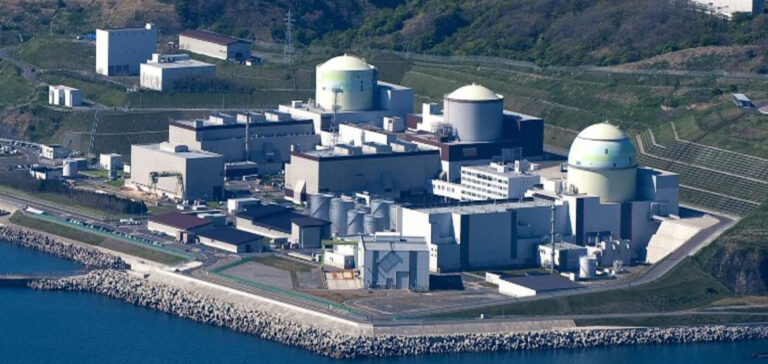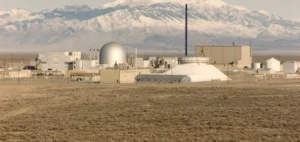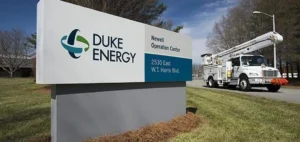In the strategic roadmap adopted by the Japanese Cabinet in December 2018, a policy was defined to assess the efficiency of various types of fast reactors to be developed following a technology competition between private sector companies. The roadmap was then revised by Cabinet decision in December 2022, when two decisions were taken.
Selecting a Sodium-Cooled Reactor
Firstly, to select a sodium-cooled fast reactor as the target for the conceptual design of the demonstration reactor, which will start in 2024; secondly, to select a manufacturer to serve as the core company in charge of the fast reactor design and the necessary R&D, which will take place in line with the objectives and policy directions set by the government. In July of this year, MHI was chosen by the Japanese government to lead the conceptual design of a 650 MWe sodium-cooled pool-type demonstration fast reactor, due to enter service in the 2040s. MHI will oversee both the conceptual design and the research and development of the reactor in partnership with MFBR. We hope to finalize the concept around 2030.
TerraPower and Japan collaborate
TerraPower and the Japanese partners have now extended their Memorandum of Understanding to enable them to explore the possibility of collaborating on a joint reactor design concept, based on the Japanese demonstration program and TerraPower’s existing technologies. The MOU has been revised to include an increase in the size of the Natrium design to improve cost competitiveness, as well as metal fuel safety. TerraPower has been selected by the U.S. Department of Energy to receive cost-shared funding under the Advanced Reactor Demonstration Program to test, license and build an advanced reactor by 2030.
The company has chosen Kemmerer in Wyoming as the preferred site for the Natrium nuclear power plant demonstration project, which will feature a 345 MWe sodium-cooled fast reactor with a molten salt energy storage system. Storage technology can temporarily boost the system’s output to 500 MWe when required, enabling the plant to keep pace with variations in daily electrical load and integrate seamlessly with fluctuating renewable resources.
“We are delighted to expand our collaboration with JAEA as Japan strives to bring advanced nuclear reactors to market,” said Chris Levesque, TerraPower’s President and CEO. “To meet our climate goals, countries around the world will need to deploy advanced reactors from the 2030s, and this agreement will help us evaluate design opportunities for large-scale Natrium plants that can support Japan’s carbon targets.”
Prospects for Fast Reactor Development in Japan
In conclusion, Japan is taking important steps in the field of fast reactor development, with a focus on sodium-cooled fast reactor technology. This collaboration between TerraPower and our Japanese partners demonstrates our commitment to more advanced and environmentally-friendly nuclear energy. It remains to be seen how this initiative will influence Japan’s energy transition and its ability to meet its climate targets.






















